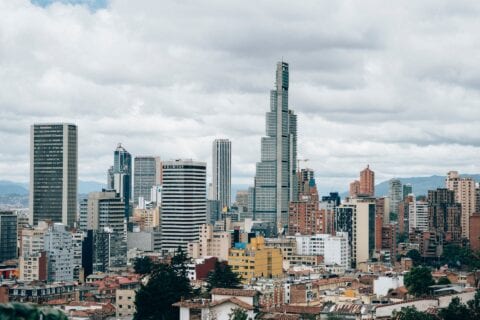

While easterly winds tend to be dry and steady, Pacific westerlies tend to come in bursts of warmer, moister air.īut as an El Niño pattern develops and trade winds weaken, gravity causes the warm water to move east. The typically strong high-pressure systems of the eastern Pacific weaken, thus changing the balance of atmospheric pressure across the eastern, central, and western Pacific. The circulation of the air above the tropical Pacific Ocean responds to this tremendous redistribution of ocean heat. It also reduces the upwelling of cooler, nutrient-rich waters from the deep-shutting down or reversing ocean currents along the equator and along the west coast of South and Central America. This allows great masses of warm water to slosh from the western Pacific toward the Americas. Easterly trade winds (which blow from the Americas toward Asia) falter and can even turn around into westerlies. That change is intimately tied to the atmosphere and to the winds blowing over the vast Pacific.


During an El Niño event, the surface waters in the central and eastern Pacific Ocean become significantly warmer than usual.


 0 kommentar(er)
0 kommentar(er)
